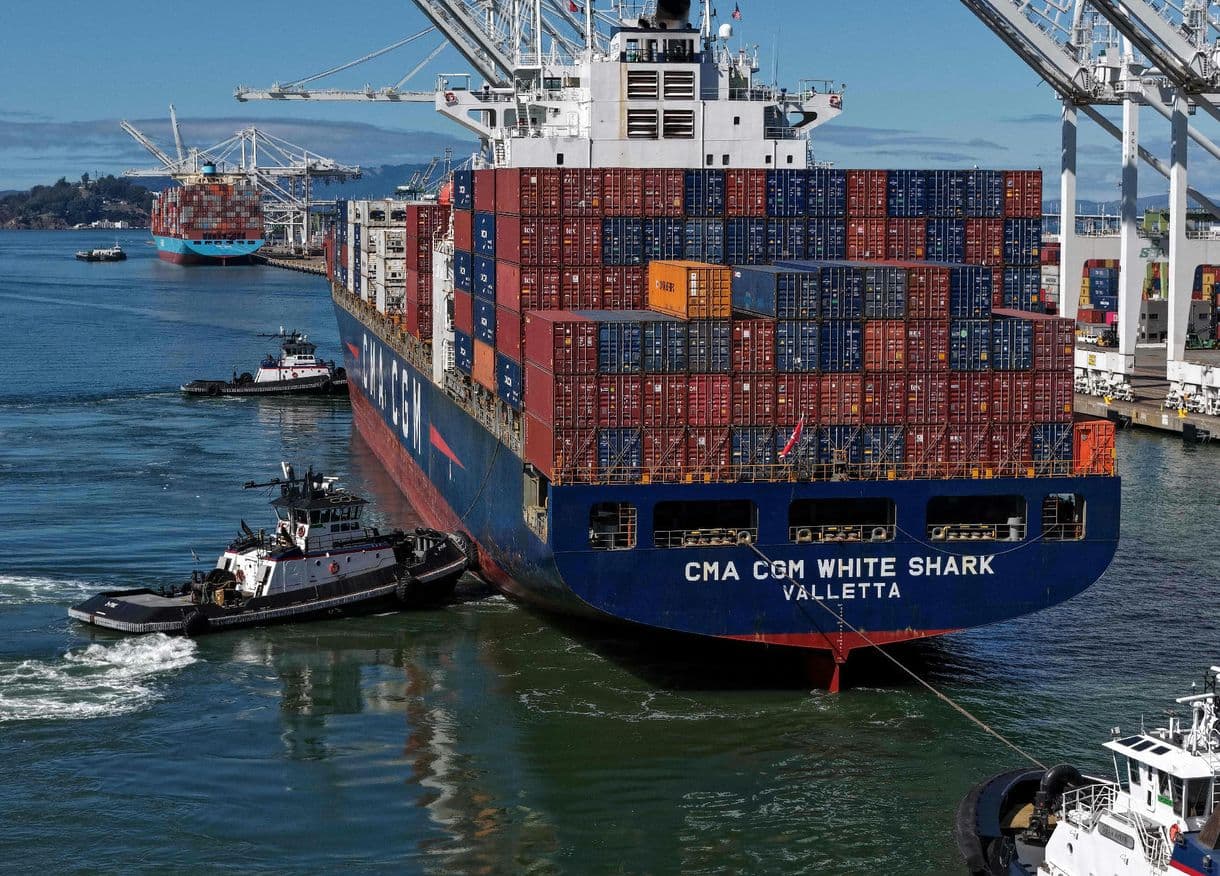Trump's tariff war
In early April 2025, Donald Trump announced brutal “retaliatory tariffs” against virtually the entire world, in the spirit of “America first.” The US president’s move caused stock markets around the world to collapse, and the chances of a global tariff war increased dramatically. In our series of articles, we present the effects of Trump’s tariffs.
While Donald Trump met with heads of state and government at the Association of Southeast Asian Nations (ASEAN) summit in the Malaysian capital, Kuala Lumpur, on Sunday, the US and Chinese negotiating delegations outlined the framework for a trade agreement between the two countries. The agreement simultaneously attempts to resolve the issues of tariffs, access to American high-tech and Chinese rare earth metals, fentanyl made in Mexico from Chinese raw materials, and even the American branch of TikTok. The aim is that at the other regional summit, in South Korea – after we close on Thursday – Trump and Chinese Party General Secretary and President Xi Jinping can conclude, if not a comprehensive peace, then at least a lasting ceasefire in their trade war.
Trump and Xi are meeting for the first time in the Republican president's second term. Their situation has changed dramatically since Trump hosted Xi at his Mar-a-Lago estate in Florida in April 2017, boasting about the deepening of bilateral relations and the beginning of their personal friendship.

The US president returned victorious last year after losing the 2020 election and is using every means to expand his power. On Monday, aboard his special plane from Kuala Lumpur to Tokyo, he mused again that he would be happy to serve a third term in the White House if a way could be found to circumvent the constitutional ban on it. Xi has no such problem, as in 2018 he had the parliament and the Chinese Communist Party (CCP) congress vote to lift the two-term limit for the president, and then four years later for the secretary-general, so he can plan for the long term without obstacles.

